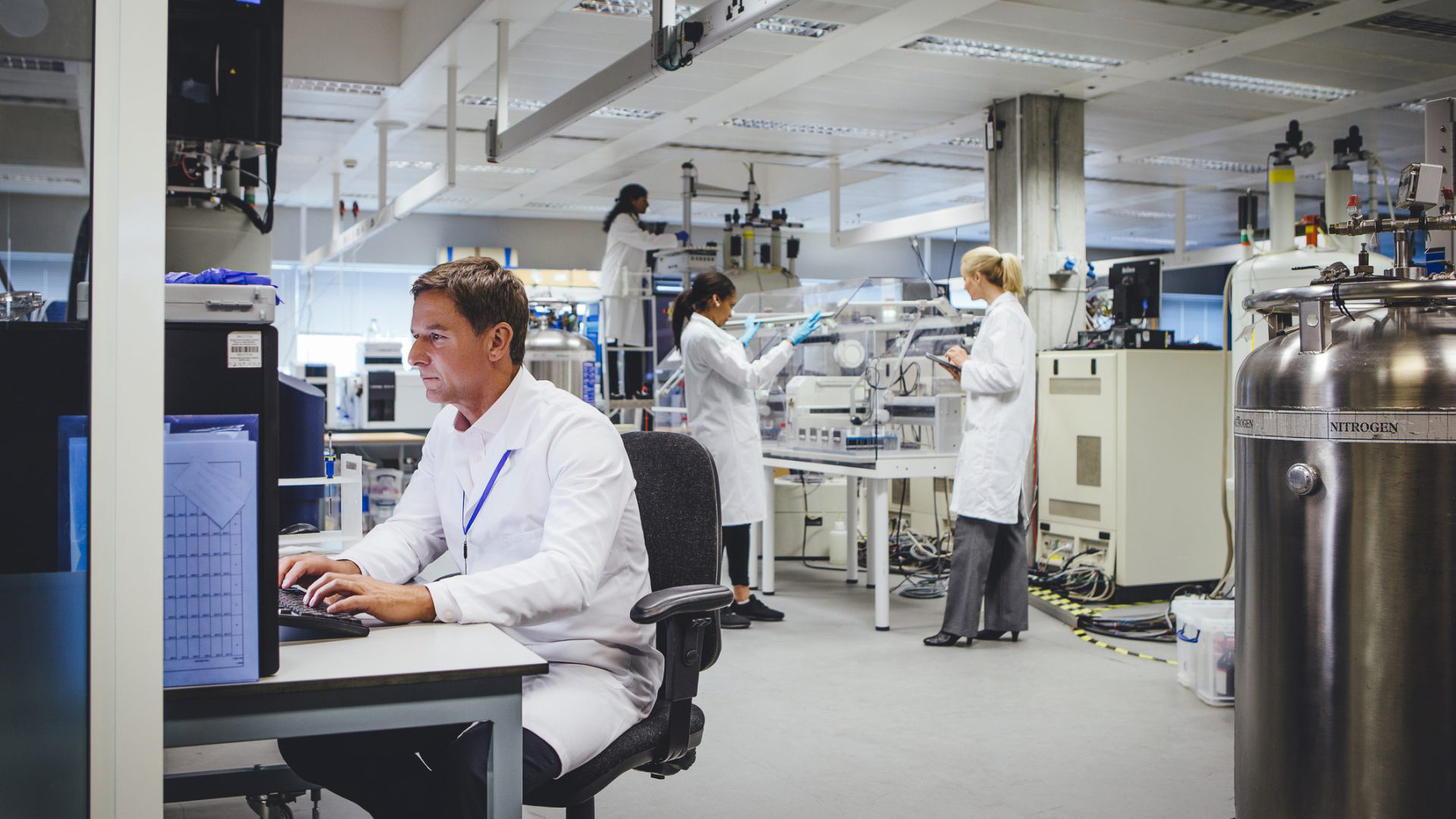“Back when I was your age” is an expression many of us have heard and have maybe even said to our friends or our own children.
According to the PEW Research Center, for many years now, women in America have been putting greater emphasis on establishing a career first before starting a family. Once they begin developing families, their childcare scenarios vary wildly, and a working parents’ situation can fall into dozens of different categories (part-time at home, flex work schedules, nannies, full child care, to name just a few.) There are many more options today than those of our parents, or their parents before them, but the trend clearly points to mothers giving birth at later ages.
The result is that parents are simply older than they were a generation or two ago.

What’s less talked about is what is enabling this trend?
One answer, of course, is science and technology. Through advancements in medicine, in particular, the technology behind it, we know more about the human body than ever before.
Bioelectronics, the study, and application of electronics in medicine and biological processes, is poised to revolutionize the medical field, and health as we know it. There are two fundamental foundations for making it happen: US energy and manufacturing.
Bioelectronics is moving beyond just wearables such as Google glasses and Fitbits. Scientists are (and have) developed products that can be implanted or that can even be eaten. Camera pills are a great example of this. According to Popular Science magazine, an endoscope camera that can be swallowed like a pill can take 30 images per second as it passes through your body, sharing those images wirelessly to a doctor’s computer or even your own smartphone. And just like encyclopedias, x-rays could become a thing of the past that we’ll have to tell our children about.
The ability to invent such a tool for human advancement is incredible, but if we pause for a moment to think about health care, there are hundreds of other energy and manufacturing breakthroughs happening just like the camera pill. We can schedule a doctor’s appointment through a text message, pick up prescriptions 24/7 at most pharmacies or high tail it to an emergency room or urgent care anytime day or night. Prostatic limbs help the wheel-chair bound walk, nearly invisible hearing aids help the deaf hear and a new generation of heart valves help ‘tickers’ keep on ticking. They are all there waiting at our disposal whether we need them or not – but when we do need them – they are critical to our well-being.
It’s easy to get caught up daydreaming a little bit about how technology will shape the future. What future technologies or machines or vehicles will drive us and our economy forward?
The answer really comes down to this: anything we can imagine is possible because of the abundant and affordable energy we have at our disposal.
Energy makes it all happen.

